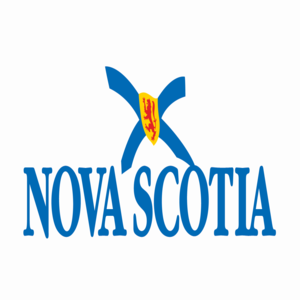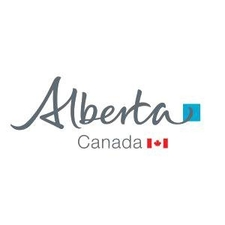education
Type of resources
Available actions
Topics
Keywords
Contact for the resource
Provided by
Years
Formats
Representation types
Update frequencies
status
Service types
-
This service shows the percentage of population aged 25 to 64 years in private households with a postsecondary certificate, diploma or degree by census division, 2016. The data is from the Census Profile, Statistics Canada Catalogue no. 98-316-X2016001. This data pertains to the population aged 25 to 64 years in private households by the highest level of education that a person has successfully completed. Persons with a post-secondary certificate, diploma or degree includes those with an apprenticeship or trades certificate or diploma; a college, CEGEP or other non-university certificate or diploma; a university certificate or diploma below bachelor level or a university certificate, diploma or degree at bachelor level or above.
-
This service shows the percentage of population aged 25 to 64 years in private households with a postsecondary certificate, diploma or degree by census subdivision, 2016. The data is from the Census Profile, Statistics Canada Catalogue no. 98-316-X2016001. This data pertains to the population aged 25 to 64 years in private households by the highest level of education that a person has successfully completed. Persons with a post-secondary certificate, diploma or degree includes those with an apprenticeship or trades certificate or diploma; a college, CEGEP or other non-university certificate or diploma; a university certificate or diploma below bachelor level or a university certificate, diploma or degree at bachelor level or above.
-

The dataset contains information relating to forestry-related trades education, associations, education, innovation, education/macro-credentials, institutions, and research.
-

A listing of Early Childhood Development Support Sites that provide information and resources as well as professional development opportunities for early childhood educators.
-

This dataset provides the location of Yukon's education facilities ranging from elementary to post-seondary education. The data also includes contact information and general programming information about each facility. Distributed from GeoYukon by the Government of Yukon. Discover more digital map data and interactive maps from Yukon's digital map data collection.For more information: [geomatics.help@yukon.ca](mailto:%20geomatics.help@yukon.ca)
-

The School Districts dataset contains the spatial representation (polygon) of the current extent of the administrative areas defined under section 176(1) of the School Act for the purposes of preservation and promotion of the fundamental principle of local autonomy and control of public education at the public and governmental levels through locally elected school boards.
-

A list of public schools offering the Discovering Opportunities program. Includes school board, school, school address and implementation year.
-

A listing of training institutions within Nova Scotia providing accredited early education degrees and diplomas.
-

This is an approximated visualization of the School Authority boundary information that is currently available on the Alberta Education public website (https://education.alberta.ca/boundary-maps/school-jurisdiction-maps/everyone/view-and-print-maps). The information has been informed by Ministerial Orders and is presented in a mapping format.
-
This service shows the percentage of population aged 25 to 64 years in private households with a postsecondary certificate, diploma or degree by census division, 2016. The data is from the Census Profile, Statistics Canada Catalogue no. 98-316-X2016001. This data pertains to the population aged 25 to 64 years in private households by the highest level of education that a person has successfully completed. Persons with a post-secondary certificate, diploma or degree includes those with an apprenticeship or trades certificate or diploma; a college, CEGEP or other non-university certificate or diploma; a university certificate or diploma below bachelor level or a university certificate, diploma or degree at bachelor level or above. For additional information refer to the 2016 Census Dictionary for ' Highest certificate, diploma or degree'. For additional information refer to the 2016 Census Dictionary for ' Highest certificate, diploma or degree'. To have a cartographic representation of the ecumene with this socio-economic indicator, it is recommended to add as the first layer, the “NRCan - 2016 population ecumene by census division” web service, accessible in the data resources section below.
 Arctic SDI catalogue
Arctic SDI catalogue